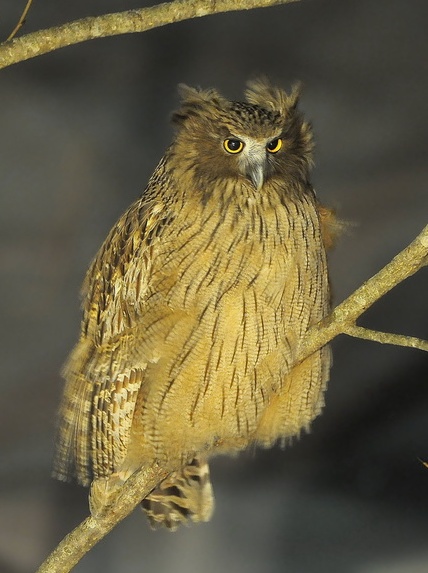Facts About Blakiston's fish owl
Blakiston's fish owl is not just any owl—it's the largest living owl species today. This impressive bird is renowned for its hunting prowess in areas adjacent to rivers and streams. Named after the naturalist Thomas Blakiston, this owl was previously classified under the genus Ketupa but is now considered more closely related to the Eurasian eagle-owl. Its unique characteristics make it somewhat enigmatic in terms of classification and evolutionary history.
Let's talk size: male Blakiston's fish owls weigh between 2.95 to 3.6 kg, while females can weigh up to 4.6 kg. They measure about 60 to 72 cm in length, and their wingspan ranges from 178 to 190 cm. Physically, they exhibit traits that resemble both eagle-owls and fish owls. Regarding their diet, these owls primarily prey on fish, amphibians, and small mammals. They hunt by wading through water or perching near riverbanks, waiting for the optimal moment to strike.
During the breeding season, these owls nest in tree cavities within mature forests. They typically lay between 1 to 3 eggs, and the young owlets leave the nest after about 35 to 40 days. Unfortunately, Blakiston's fish owl faces significant threats such as habitat loss, dam construction, and hunting. Due to these challenges, the International Union for Conservation of Nature (IUCN) has classified it as an Endangered Species. Thankfully, conservation efforts are underway in both Japan and Russia to help protect this magnificent bird.

 Norway
Norway